Dairy farming is a type of agriculture involving the production of milk, which is processed on a farm or at a dairy plant, which may be called a dairy, for the ultimate sale of dairy products. Starting a dairy farm is called an ‘all-weather opportunity’ as there is a constant demand for milk and milk products worldwide. Milk production in India is always high, with an increase of 3% – 4% yearly. You must read this information, as it will help you earn more profit.
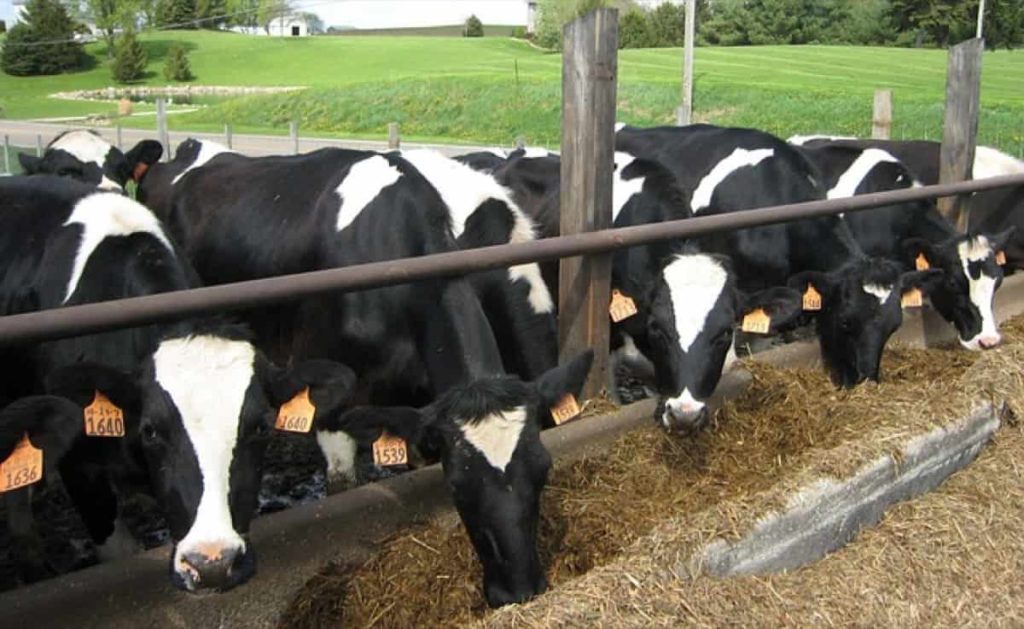
How to start dairy farming from scratch
What is dairy farming?
- Dairy farming is raising mother animals like cows, goats, buffaloes, donkeys, and other livestock and using their milk for human consumption. Dairy products include cheese, butter, yogurt, ice cream, and milk.
- Dairy farmers care for their dairy animals by providing nutritious food, good medical care, and healthy living. Dairy farmers work with veterinarians, animal nutritionists, and professionals to keep their cows healthy and comfortable. Their cows receive periodic check-ups, vaccinations, and prompt treatment when needed.
- Factors driving the growth of dairy include changes in demand. Advances in production, transportation, and communication technologies; improving farm production; and more efficient dairy chains. Building active producer associations and establishing reliable dairy chains are critical to achieving sustainable smallholder dairy development (value creation in every activity of the dairy chain). Traditional milk consumption habits largely influence the success of dairy development programs in developing countries.
What is the objective of dairy farm management?
Their objective is to ensure that their raw milk’s safety and quality meet the food industry’s highest expectations. Farm practices should also ensure that healthy animals produce milk under conditions acceptable to the animals and in balance with the local environment.
Objective and Scope
The main objective of the good dairy farming practice is to produce safe and quality milk from healthy animals that are sustainable from animal welfare, social, economic, and environmental perspectives. To achieve this goal, dairy farmers should apply good practices in the following areas;
- Animal Health
- Milking Hygiene
- Nutrition (Feed and Water)
- Animal Welfare
- Environment; and
- Socio-Economic Management
How can I start my dairy farm?
1. Business Plan – As with any potential start-up, you should develop a business plan for a dairy farm. Good planning of the dairy business can be done by identifying current market trends, target areas, dairy loan requirements, etc. The ultimate goal is to serve customers and do thorough research by understanding geography, average income, culture, household types, etc. Also, keep the following factors in mind:
- Type of milch animal like cow, buffalo, etc.
- Number of animals
- A print regarding facilities like breeding, milking, housing, cleaning, etc.
2. Choose a good location – Based on the physical plan developed in the last step, you need to select an ambient location that meets the requirements. You will likely need a business loan to set up a new dairy farm. Choose the type of cow or buffalo. Register your dairy business with the relevant authorities.
3. Get all your licenses and permits – After getting your necessary finances like a dairy loan, it’s time to register your business/start-up legally. No business can operate without a license. Along with the charges prescribed by the government, you need to obtain the following permits:
- Dairy farm license
- FSSAI license
- Shed license
- Company registration license
- Trade license
- Registration with ROC or Registrar of Firms
Any small business must stay updated with the details and requirements of MSME loans to avoid problems and inconsistencies.
In case you missed it: 19 Key Rules for Effective Dairy Farm Management: From Planning to Reduce Production Cost
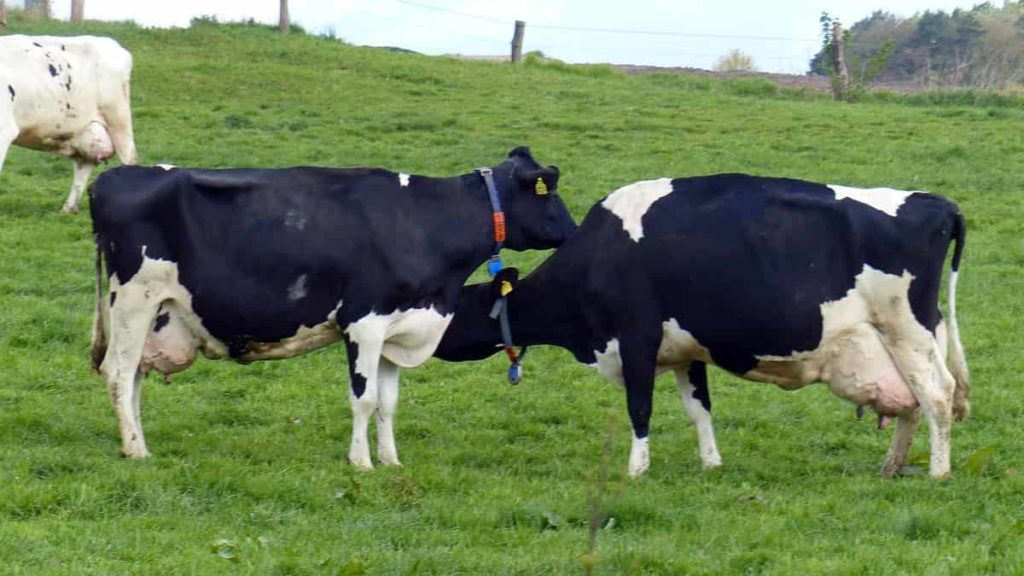
4. Purchase of machinery – Important machinery and equipment is also a significant part of the investment. Dairy farm equipment includes milking machines, pasteurizers, homogenizers, storage tanks, etc. Other essential machinery types include tractors, fodder trucks, washers, generators, feeders, motors, and pumps. Suppose you are farming with livestock, rent or buy the necessary equipment. Then, create a market strategy for target customers.
What type of housing is best for dairy cattle?
- Dairy cattle can be successfully housed in various conditions, ranging from close confinement to few restrictions other than milking time. However, two types of dairy barns are currently in common—a loose housing barn combined with some milking barn or parlor.
- There are different variety of environmental stresses that must be taken into account in dairy farm management and have a direct impact on cow production levels. Some of these stressors include; heat stress, improper stall/feed bunk design, poor ventilation, and inadequate access to water. Such conditions are stressful for cows and affect their physiology and productivity.
- Many aspects of dairy farm management, such as feeding, breeding, disease control, ease of handling of manure, quality milk production, division of household labor and workload, etc., have depended on the farmer’s accommodation for dairy animals.
How much money is required to start a dairy farm?
- The investment limit for starting a small-scale dairy farm in rural or urban India is Rs 20 lakh. On the other hand, the investment to start a large-scale dairy business can exceed Rs. 1 crore. Due to all these reasons, the dairy farming business is emerging as a thriving market for entrepreneurs.
- A dairy farm operation combines extensive efforts, considerable time, and resources. Along with them come many tasks like cleaning the field, managing the shed, feeding the cattle, or even washing and milking the animals.
What are the requirements of dairy animals?
The components of a dairy farming business to use before and after starting a business:
- Land: The land cultivated by those who own the farm to produce fodder for livestock. Need to have a farm or land. Land size depends on the total number of cattle kept. Generally, 1 acre of land supports 7 to 10 cows.
- Desirable breed of cattle and their vaccination: Good selection of breed of cattle is necessary for high milk production. A proper vaccination schedule must be followed to control cattle diseases and protect their health.
- Shed: This is a covered area on the farm that will be built before moving the cattle. It is where cattle are kept.
- Livestock fodder and water: These should be abundant, as green fodder requires water for growth and livestock growth.
Is dairy farming profitable?
Dairy farming is a profitable business. Below are the facilities necessary for successful dairy farm management. The next step is for the dairy business owners to manage and own the facilities required to start the dairy farming industry. They are:
- Irrigation system for feeding grass
- Storage room for manure and feed
- Milk store
- Aseptic facility for milk storage and pasteurization
- Warehouse or shed
- Other equipment and machinery
In case you missed it: How this Farmer Made 1 Lakh Per Month from His Dairy Farm: A Success Story
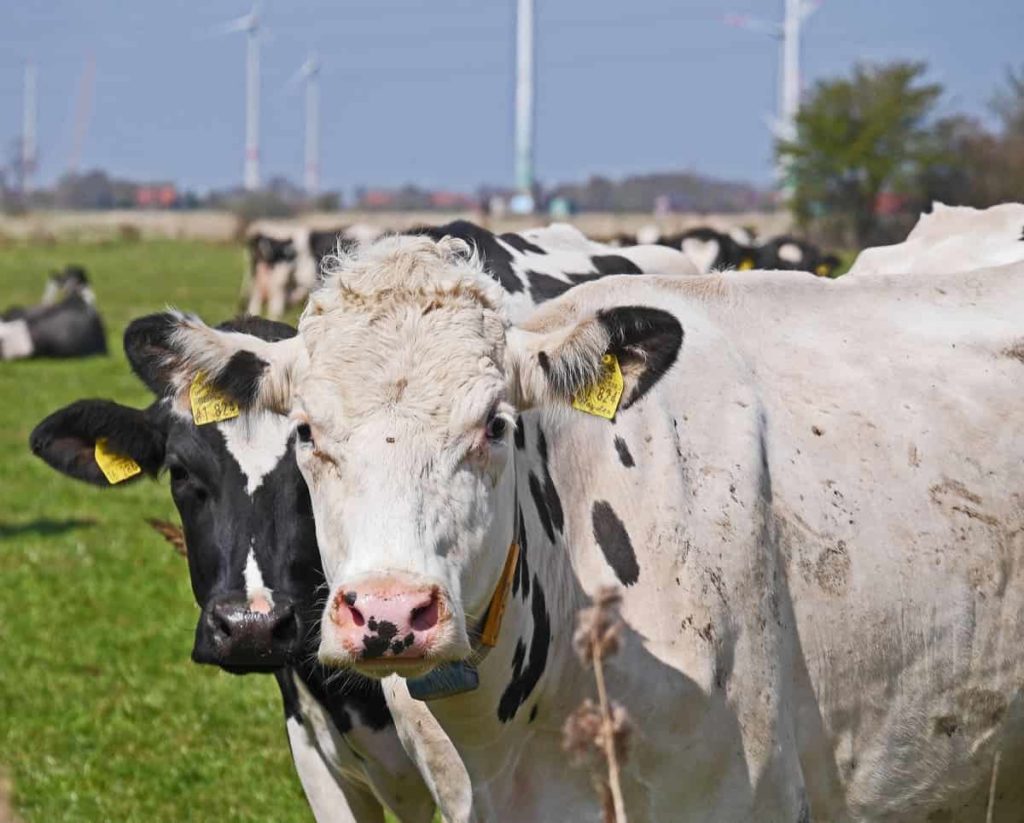
In addition, when the business owners are learning how to start a dairy business in India, they need to obtain permits, licenses, and approvals from the relevant authorities. For example, a license is required to allow animals to cross between states under certain circumstances, such as vaccination, disease, etc.
Is dairy a good business to start?
Before starting an enterprise in dairy farming, some essential tasks must be completed. They are:
- Conducting thorough business research and consulting experts or professionals and market leaders
- Focusing on the importance of safe and healthy animal infrastructure
- Initiating feeding and waste management programs
- Obtaining licenses from relevant authorities accessing funding or business loans
- Finalizing your company name
The market for dairy products is very strong. It is possible to make a good living by starting a dairy farm. Not only do you have to serve healthy food to your customers, but you also benefit from government subsidies designed to help farmers sell their products locally.
Which bank is best for dairy farm loans?
- NABARD
- IDBI Bank
- State Bank of India
- IDBI
- Central Bank of India
- Bank of India
How do dairy farmers make money?
- Dairy farmers own and operate farms that produce milk.
- Instead of receiving an actual fixed salary, the farmer’s income is based on the income from the sale of the farm.
- The cost of livestock, milk production levels, and even weather conditions can affect a farmer’s income.
What is the most widely used dairy breed?
Holstein’s calves are the most popular dairy breed. There should be a good selection of cow breeds to produce maximum milk. Also, to prevent diseases and ensure the health and well-being of the cows, the person caring for them must follow a precise vaccination schedule.
Before choosing a breed, it is very important to know the tastes and practices of the market or city where you plan to start your dairy farm. The most common dairy animals are cows, goats (good for small farms), or water buffalo. There are many breeds of milkweed, and local knowledge is the best way to choose between them. Contact government agencies, university agricultural extensions, and established dairy farms and ask for information to help make a decision:
- Rule out breeds that cannot thrive in your climate.
- For each breed, divide the annual maintenance cost by the annual milk yield to find the cost per unit of milk production.
Popular dairy breeds
| Murrah | Toda |
| Nagpuri | Gir |
| Bhadawari | Sahiwal |
| Jaffarabadi | Rathi |
| Nili Ravi | Red Sindhi |
| Surti | Ongole |
| Mehsana | Pandharpuri |
Which fodder stimulates milk production?
- Fodder management is important in the dairy farming business. The daily milk yield of a cow depends on the type of forage and the nutritional facts of the given forage. High-yielding cows should be fed a mineral mixture with 1 kg of concentrate to achieve 2.5 liters of milk production since feed is the main component of dairy farming that directly affects profitability.
- You should have a good knowledge of green fodder and silage-making methods. You can study your area’s forage and fodder market to find viable and economical forage solutions. Initially, it would help if you visited some cattle markets to observe the sale of animals and talk to the people involved in buying animals to get an idea of the best breed of animals, prices of animals, and milk production of animals. You should learn good labor management skills.
In case you missed it: How to Start Goat Farming from Scratch: A Complete Guide for Beginners
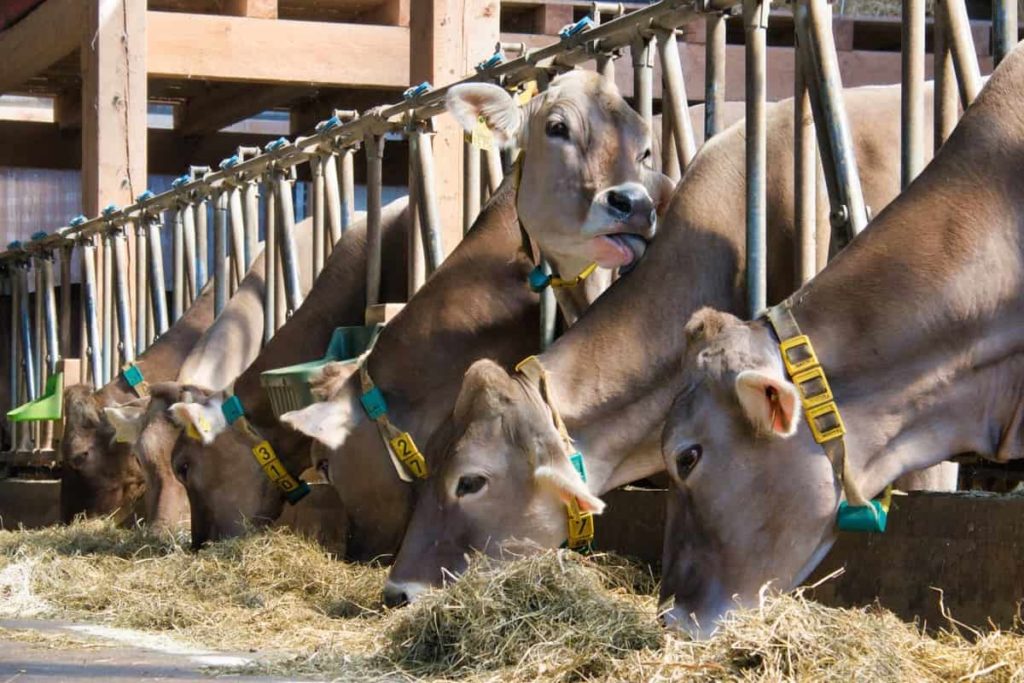
What is the problem with dairy farming?
- Dairy cows and their manure emit greenhouse gases that contribute to climate change. Improper handling of fertilizers and manure can degrade local water resources. Unsustainable dairy farming and feed can lead to the loss of ecologically important areas such as grasslands, wetlands, and forests.
- Many households have only a few dairy animals, and production is hampered by poor health and lack of adequate feed and water. Several zoonotic diseases are circulating, and although milk is usually boiled, trade in raw milk products and lack of hygiene measures pose a threat to human health.
- Farmers also fail in the dairy business because they do not take proper care of calves. Female calves on the farm should be properly treated with utmost care to produce good quality milk within 3 to 4 years.
How many cows are required to start a dairy farm business?
- A minimum of 20 dairy animals, i.e., 10 cows and 10 buffaloes, are required to start a milk business in India.
- The strength will vary as your business expands, and you can adjust the animal ratio according to the demands and needs of your business.
How do you manage a dairy farm?
- Management of nutrition (feed and water)
- Management of fodder production
- Housing and manure management
- Health care management
- Management of milk cleaning and marketing
- Animal welfare
- Reproductive management
- Young stock management
How much loan can I get from NABARD for dairy farming?
- Subsidy: 25% of expenditure (33.33% for SC/ST farmers) as back-end capital subsidy subject to a ceiling of Rs.1.20 lakh for a unit of 20 calves (Rs.1.60 lakh for SC/ST farmers).
- The maximum allowable capital subsidy for a 5-calf unit is Rs 30,000 (Rs 40,000 for SC/ST farmers).
How much profit do dairy farmers make?
- Still, on average, large farms show the highest profit per cow at about $275 per cow.
- Farms with fewer than 200 cows profit about $160 per cow. Herds with 200 to 500 cows only see a profit of $84 per cow.
How do farmers increase milk production?
- Start cows with a successful dry period
- Prevent subclinical milk fever
- Optimize feed intake immediately after calving
- Improve cow comfort
- Maintain rumen health and prevent ruminal acidosis
- Identify cows with a history of health problems
In case you missed it: 16 Key Rules for Effective Sheep Farm Management: From Planning to Reduce Production Cost
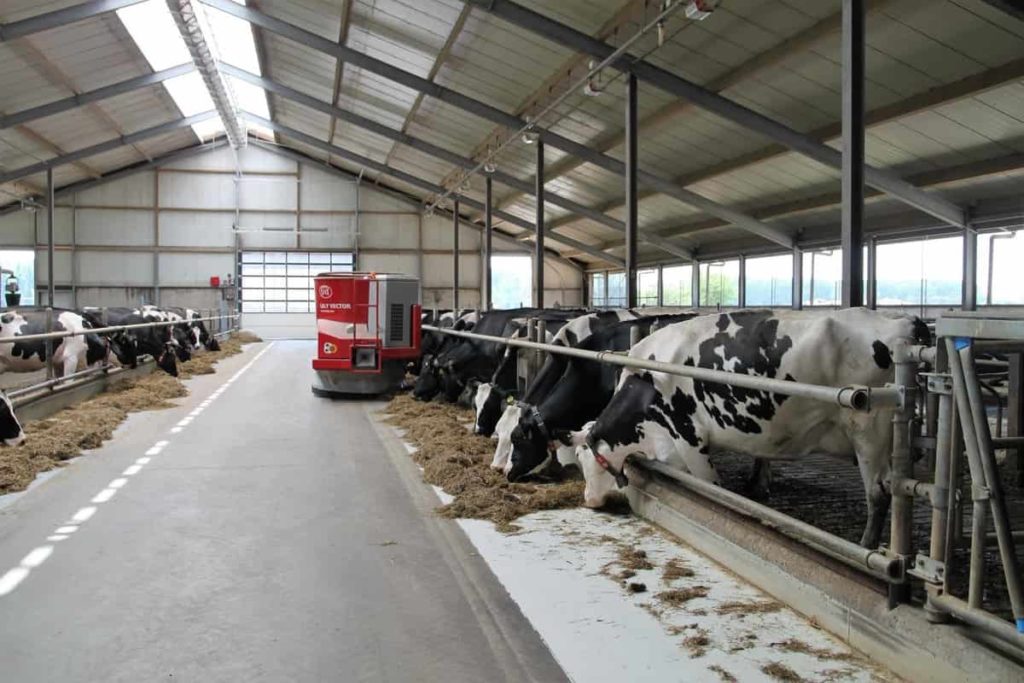
How is dairy farming practiced?
Good dairy farming practices and recommended measures are tabulated for each key area: animal health, milking hygiene, animal nutrition, animal welfare, and socio-economic management.
What are the five main features of dairy farming?
- It is highly capital intensive.
- Special emphasis is placed on livestock breeding, health care, and veterinary services.
- It is very labor-intensive farming.
- It involves rigorous care in feeding and milking.
- It is mainly practiced near urban and industrial centers.
What are the nutritional requirements of dairy animals?
Feed and nutrition management is understanding the nutritional needs of dairy cattle at different growth and lactation stages and combining different feed ingredients to meet these needs cost-effectively. Nutritional management of dairy cattle is a very important area of farm management for two reasons:
- Nutrition plays a very important role in maintaining the health and productivity of dairy cattle.
- Feed is a major part of the cost of producing milk, about 60-70%. Since feed is a major variable cost that directly impacts milk quantity and the cost of milk production, it requires careful management by farmers/farm owners.
The main objectives are to maintain dairy cows in good condition and to maximize the milk yield of dairy cows, thereby meeting the nutritional needs of dairy cattle at a low cost.
What are the challenges in dairy farming?
Unsanitary conditions in cattle sheds and milking yards lead to mastitis conditions. Unhygienic milk production reduces the quality and spoilage of milk and other products. Dairy farmers are not getting good prices for milk supply.
Lack of feed/fodder – There is a large number of non-productive animals that compete with productive dairy animals in utilizing the available feed and fodder. Due to industrial development, the grazing area is decreasing significantly yearly, decreasing the supply of fodder and fodder per the total requirement. The ever-increasing gap between feed and fodder supply and demand limits the performance of dairy animals.
Moreover, the supply of poor-quality fodder to dairy cattle constrains the animal production system. Small and marginal farmers engaged in dairy development and agricultural laborers have a low capacity to purchase feed and fodder, resulting in food insufficiency—the inadequacy of the mineral mix results in mineral deficiency diseases. High feed costs reduce the profitability of the dairy industry.
Hygienic conditions – Many livestock owners do not provide adequate shelter for their livestock and are exposed to extreme weather conditions. Unsanitary conditions in cattle sheds and milking yards lead to mastitis conditions. Unhygienic milk production leads to loss and spoilage of milk and other products.
What is the importance of dairy farming?
- Apart from being an important sector globally, in developing economies such as India, providing nutrition support, reducing rural poverty and inequality, and ensuring food security for millions of rural households, especially in rural areas.
- The dairy business is equally important to boost economic growth in India. For your dairy farm business, you will face expenses related to raw material procurement, dairy production processing, dairy product processing, packaging, warehousing, storage of dairy products, etc. You would incur costs associated with taking care of animal species that help produce milk products.
Is dairy a good business to start?
- The market for dairy products is very strong. It is possible to make a good living by starting a dairy farm. Not only do you have to serve healthy food to your customers, but you also benefit from government subsidies designed to help farmers sell their products locally.
- Planning is very important – this step involves a lot of planning. Start with a variety of dairy cattle to raise for milk production. The cows, goats, sheep, and buffaloes are the most common dairy cattle. It would help if you rejected livestock that cannot survive in your area’s climate. Next, think about feeding your livestock. Setting up a feed source on your dairy farm is advisable to save money in the long run.
- If you’re new to dairy farming, you’ll need to spend a lot of time learning farming practices—even if you hire dairy farmers to manage your farm. A dairy requires capital, space to leave cattle, a feed store, a milking parlor, and a sterile facility to store milk. So, pay attention to these aspects and make an initial investment for long-term benefits.
- You may need to contact your state government to get a license to operate a dairy farm. Next, you should research the local milk market to connect with milk companies and retailers.
In case you missed it: Basic Equipment and Tools Required for Fish Farming: A Beginners Guide
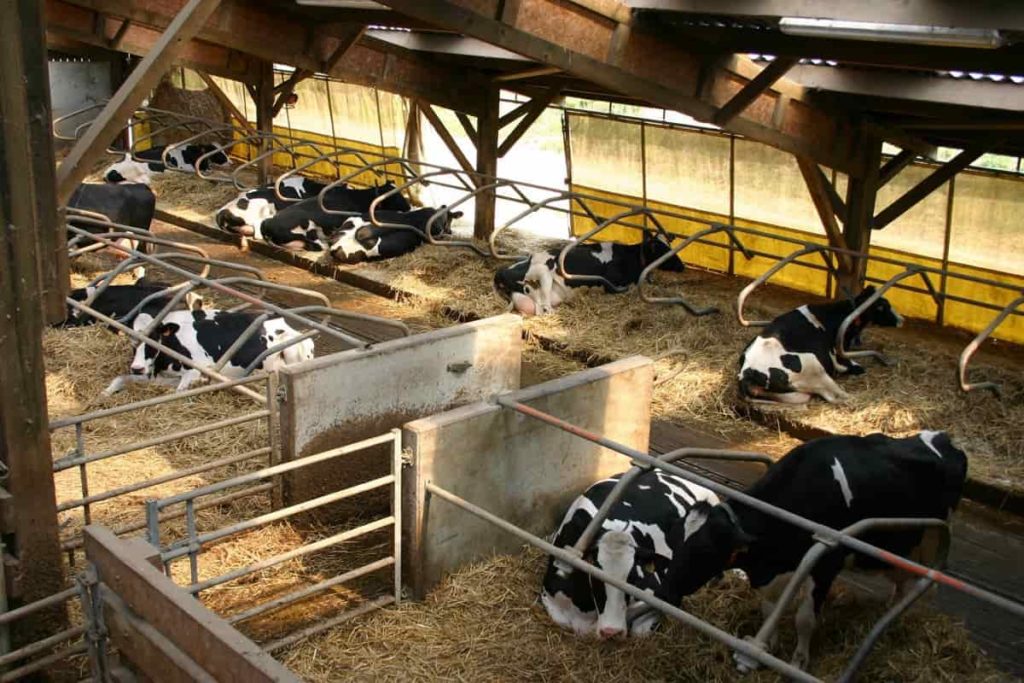
How can we prevent and control dairy animal diseases?
- Always buy disease-free dairy animals, and keep them isolated from other animals during transport to your farm.
- Quarantine of new arrivals (and animals that fall sick) is recommended, especially if they do not have reliable, recent health records. Your local government or vet can give you specific advice on diseases in your area.
- Equipment shared between farms can spread disease. Try to confirm where the equipment was used and whether the animals there were healthy. Inspect animals regularly for ticks, and keep the shed area free of brush.
- It is recommended to have a veterinarian close to the farm to ensure easy access and availability. Always get livestock vaccinated on time by a veterinarian. To keep them fit, leave them open in the shed, as free movement will reduce swelling. If the dairy farm has more than 100 cows/buffaloes, it is highly recommended to appoint a doctor on the farm itself.
How many dairy cows can you have per acre?
Dairy herds, including cows and heifers, require the right land size to be competitive in today’s economy. A general rule for dairy operations is about 1.5 to 2.0 acres per cow, including young stock.
Conclusion
Dairy farming is a type of agriculture sector that aims to produce large quantities of milk that farmers can benefit from in the long run. If you want to start your dairy, read the details above, which will surely help you in this dairy farming business.
- How to Make Houseplants Bushy: Effective Tips and Ideas
- Innovative Strategies for Boosting Coconut Pollination and Yield
- Pollination Strategies for Maximum Pumpkin Yield
- The Complete Guide to Chicken Fattening: Strategies for Maximum Growth
- Natural Solutions for Tulip Problems: 100% Effective Remedies for Leaf and Bulb-Related Issues
- Revolutionizing Citrus Preservation: Towards a Healthier, Greener Future
- Natural Solutions for Peony Leaf and Flower Problems: 100% Effective Remedies
- Maximizing Profits with Avocado Contract Farming in India: A Comprehensive Guide
- Natural Solutions for Hydrangea Problems: 100% Effective Remedies for Leaf and Flowers
- The Ultimate Guide to Choosing the Perfect Foliage Friend: Bringing Life Indoors
- From Sunlight to Sustainability: 15 Ways to Use Solar Technology in Agriculture
- The Ultimate Guide to Dong Tao Chicken: Exploring from History to Raising
- The Eco-Friendly Makeover: How to Convert Your Unused Swimming Pool into a Fish Pond
- Mastering the Art of Delaware Chicken Farming: Essentials for Healthy Backyard Flocks
- 20 Best Homemade Fertilizers for Money Plant: DIY Recipes and Application Methods
- How to Craft a Comprehensive Free-Range Chicken Farming Business Plan
- Brighten Your Flock: Raising Easter Egger Chickens for Beauty and Bounty
- How to Optimize Your Poultry Egg Farm Business Plan with These Strategies
- Subsidy for Spirulina Cultivation: How Indian Government Schemes Encouraging Spirulina Farmers
- Ultimate Guide to Raising Dominique Chickens: Breeding, Feeding, Egg-Production, and Care
- Mastering the Art of Raising Jersey Giant Chickens: Care, Feeding, and More
- Ultimate Guide to Raising Legbar Chickens: Breeding, Farming Practices, Diet, Egg-Production
- How to Raise Welsummer Chickens: A Comprehensive Guide for Beginners
- How to Protect Indoor Plants in Winter: A Comprehensive Guide
- Ultimate Guide to Grow Bag Gardening: Tips, Tricks, and Planting Ideas for Urban Gardeners
- Guide to Lotus Cultivation: How to Propagate, Plant, Grow, Care, Cost, and Profit
- Agriculture Drone Subsidy Scheme: Government Kisan Subsidy, License, and How to Apply Online
- Ultimate Guide to Raising Araucana Chickens: Breed Profile, Farming Economics, Diet, and Care
- Bringing Hydroponics to Classroom: Importance, Benefits of Learning for School Students
- Ultimate Guide to Raising Polish Chickens: Breed Profile, Farming Economics, Diet, and Care
- Ultimate Guide to Raising Australorp Chickens: Profile, Farming Economics, Egg Production, Diet, and Care
- Silkie Chicken Farming: Raising Practices, Varieties, Egg Production, Diet, and Care
- Sussex Chicken Farming: Raising Practices, Varieties, Egg Production, Diet and Care
- Homemade Feed Formulations for Livestock: Discover Cost-effective Starter to Finisher Feed Recipes
- 20 Best Pig Weight Gain Supplements: Top Swine Weight Gain Formulas
- Ultimate Guide to Elderberry Farming: Propagation, Planting, Yield, Cost, and Profit
It is very useful information for beginners I thank the author of this article.